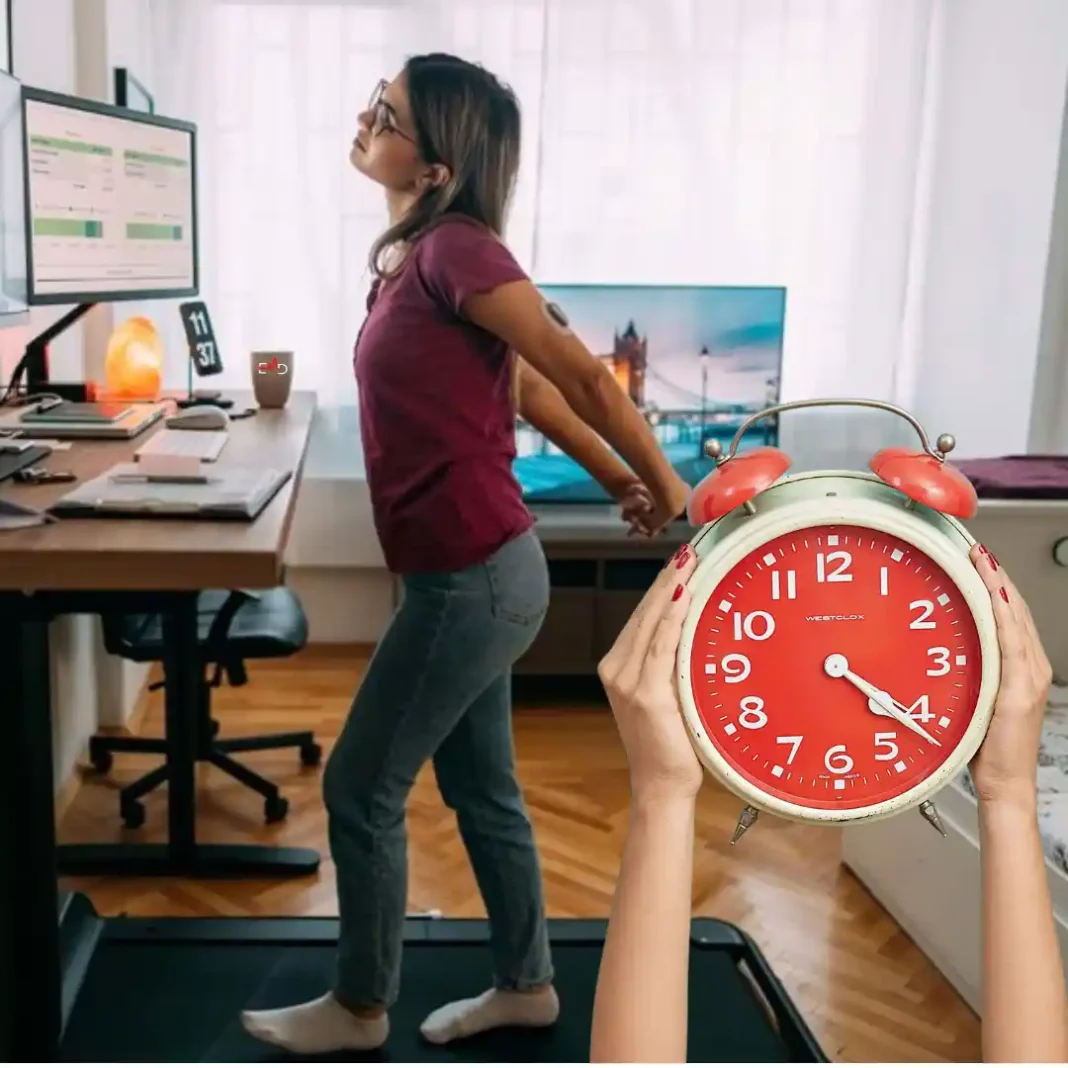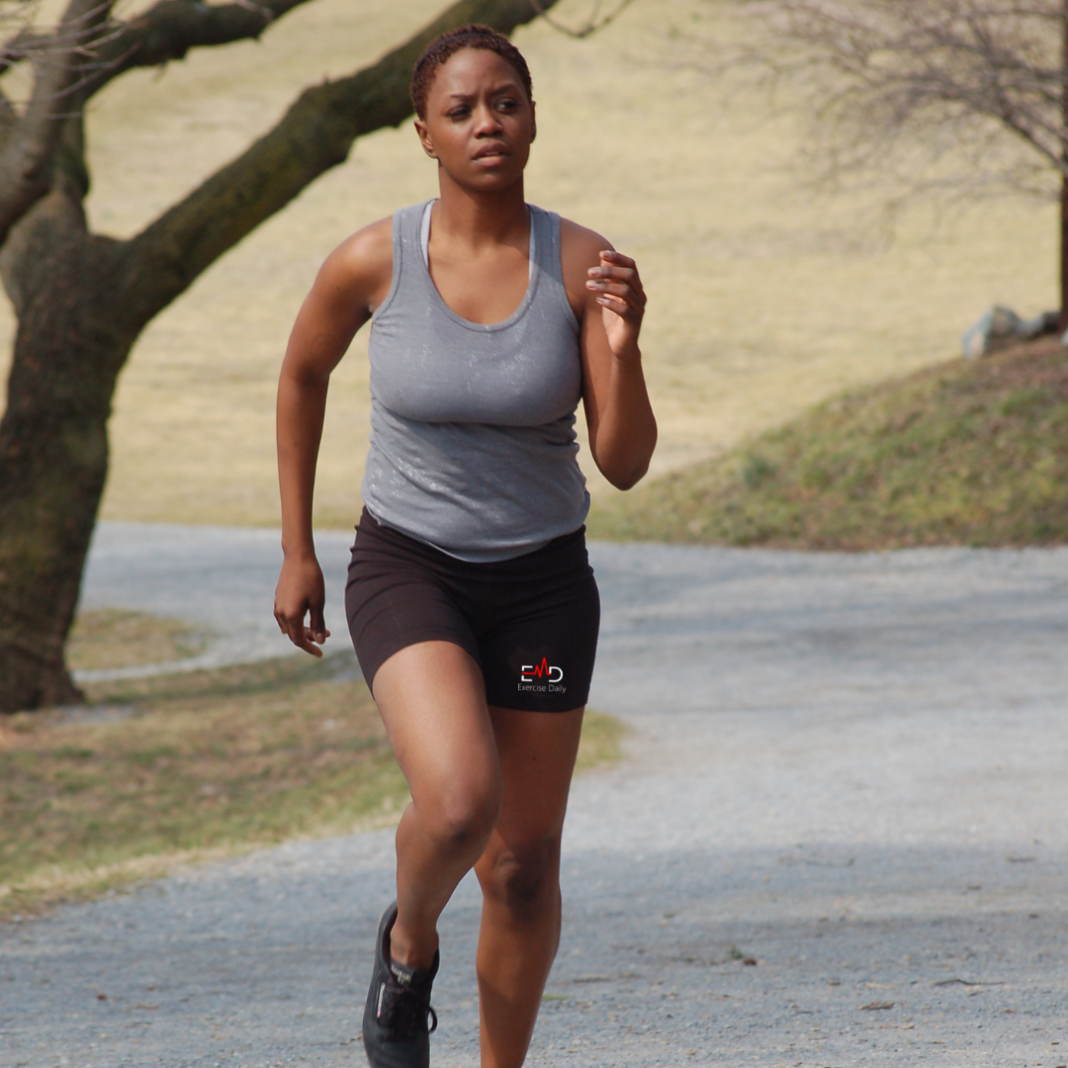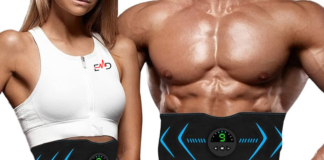Exercise Daily – Time seems to slip away faster than ever in today’s fast-paced world. Between demanding jobs, family responsibilities, and maintaining a social life, finding the time to incorporate regular exercise into your schedule can feel like an insurmountable challenge. However, staying fit and healthy doesn’t have to be a luxury reserved for those with ample free time. Even the busiest individuals can achieve their fitness goals with the right strategies and efficient workout routines. This comprehensive guide explores effective workouts tailored for busy people, emphasizing high-intensity interval training (HIIT) and bodyweight exercises that maximize results in minimal time. Let’s dive into the best workout strategies that require minimal time but yield maximum results!
Challenges of a Busy Schedule
The Modern-Day Time Crunch
In the hustle and bustle of modern life, time is a precious commodity. Busy individuals often juggle multiple roles; professional responsibilities, household duties, caregiving, and maintaining social connections. Amidst these obligations, carving out time for exercise can seem nearly impossible. However, understanding the specific challenges can help devise effective strategies to overcome them.
Common Obstacles to Regular Exercise
- Work Demands: Long working hours, tight deadlines, and the stress of meeting professional expectations can leave little energy for physical activity.
- Family Responsibilities: Caring for children and elderly parents or managing household chores often precedes personal health.
- Social Commitments: Balancing friendships, social events, and other personal engagements can make scheduling workouts difficult.
- Lack of Energy: Busy schedules can lead to fatigue, making the idea of exercising seem daunting.
- Inadequate Time Management: Fitting in exercise can easily be overlooked or deprioritized without effective time management skills.
The Importance of Prioritizing Fitness
Despite these challenges, prioritizing fitness is crucial for maintaining overall health, reducing stress, and improving productivity. Regular exercise enhances physical health, boosts mental well-being, and increases energy levels, making it easier to handle daily tasks efficiently. Recognizing the long-term benefits of staying active can motivate busy individuals to find ways to incorporate workouts into their routines.
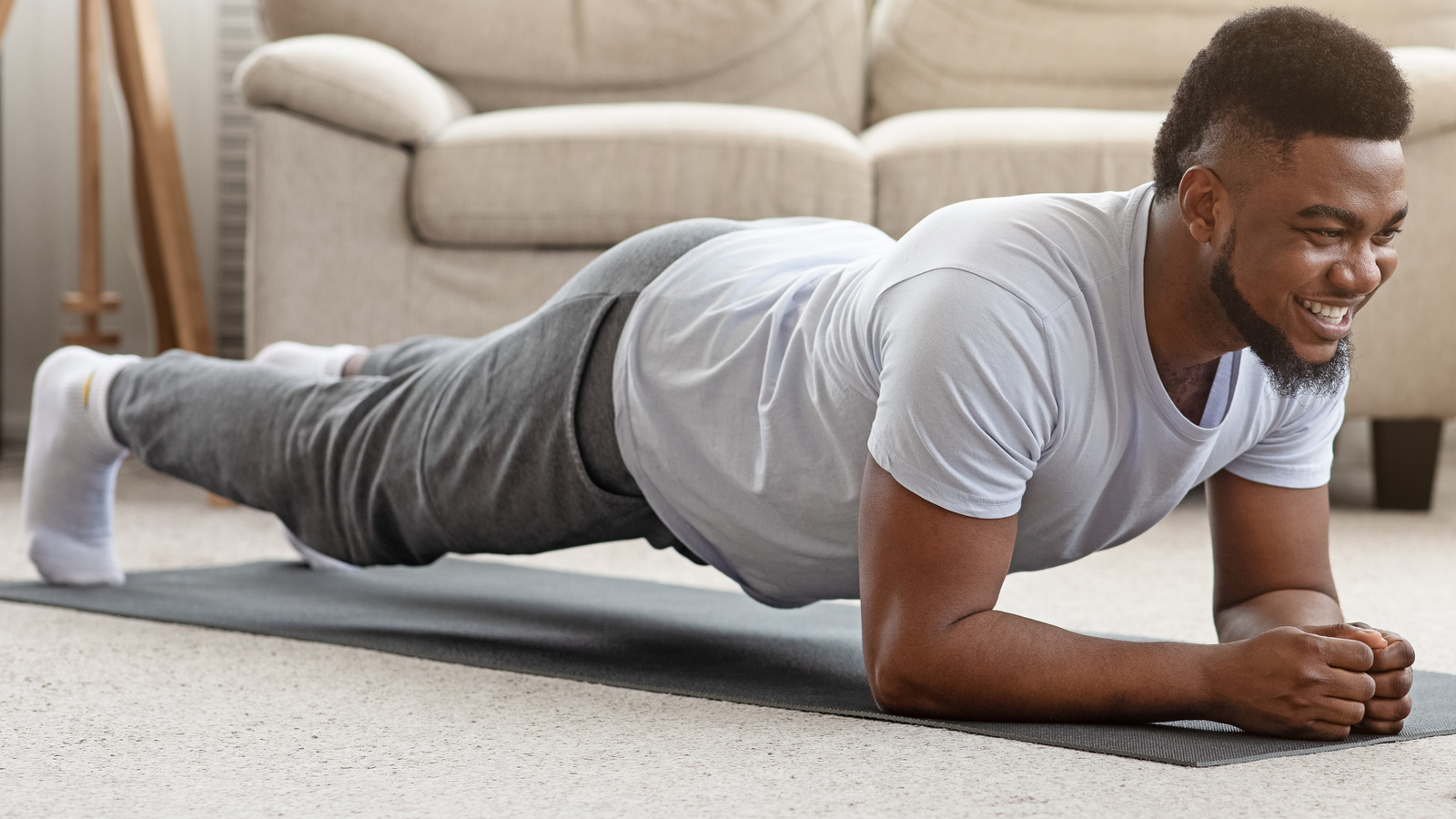
Why HIIT Workouts are Perfect for Busy People
What is HIIT?
High-Intensity Interval Training (HIIT) is a form of cardiovascular exercise that alternates short bursts of intense activity with periods of rest or low-intensity exercise. This method is highly effective in burning calories, improving cardiovascular health, and building muscle strength—all in a relatively short period.
Benefits of HIIT for Busy Schedules
- Time Efficiency: HIIT workouts can be completed in as little as 10-30 minutes, making them ideal for those with tight schedules.
- Increased Metabolic Rate: HIIT’s intense nature boosts metabolism, leading to greater calorie burn even after the workout is over.
- No Equipment Needed: Many HIIT exercises use body weight, eliminating the need for a gym or special equipment.
- Versatility: HIIT can be adapted to various fitness levels and can incorporate various exercises to prevent boredom.
- Improved Cardiovascular Health: Regular HIIT workouts enhance heart health, increase endurance, and reduce the risk of chronic diseases.
HIIT vs. Traditional Cardio
Unlike traditional steady-state cardio, which involves maintaining a consistent pace for an extended period, HIIT focuses on short bursts of maximum effort followed by rest. This approach not only saves time but also provides superior cardiovascular and metabolic benefits. Studies have shown that HIIT can improve VO2 max (a measure of cardiovascular fitness) more effectively than traditional cardio exercises.
Creating a 3-Day Workout Plan for Busy Schedules
Why a 3-Day Plan?
For individuals with busy schedules, a 3-day workout plan strikes a balance between effectiveness and manageability. It allows ample time for recovery, fits seamlessly into a hectic week, and ensures consistency without overwhelming your daily routine.
Sample 3-Day HIIT Workout Plan
Day 1: Full Body HIIT Workout
Objective: Engage multiple muscle groups to maximize calorie burn and overall strength.
Exercises:
- Jump Squats: Targets the lower body and increases heart rate.
- Push-Ups: Strengthens the chest, shoulders, and triceps.
- Burpees: Combines cardio and strength, working the entire body.
- Mountain Climbers: Enhances core strength and cardiovascular endurance.
- Plank Jacks: Engages the core while providing a cardio element.
Routine:
- Perform each exercise for 30 seconds.
- Rest for 15 seconds between exercises.
- Complete the circuit for a total of 15 minutes.
Tips:
- Focus on maintaining proper form to prevent injuries.
- Modify exercises as needed (e.g., knee push-ups instead of standard push-ups).
Day 2: Lower Body HIIT Workout
Objective: Strengthen the lower body, including legs and glutes, while maintaining cardiovascular fitness.
Exercises:
- Squats: Builds leg strength and improves mobility.
- Lunges: Targets the thighs and glutes, enhancing balance.
- Calf Raises: Strengthens the calves and improves ankle stability.
- Glute Bridges: Activates the glutes and lower back.
- High Knees: Increases heart rate and engages the lower body.
Routine:
- Perform each exercise for 30 seconds.
- Rest for 15 seconds between exercises.
- Complete the circuit for a total of 15 minutes.
Tips:
- Ensure knees don’t extend beyond toes during squats and lunges to protect joints.
- Engage the core throughout each exercise for added stability.
Day 3: Upper Body and Core Workout
Objective: Build upper body strength and enhance core stability.
Exercises:
- Push-Ups: Strengthens the chest, shoulders, and triceps.
- Tricep Dips: Targets the triceps and improves upper body strength.
- Planks: Enhances core stability and strength.
- Bicycle Crunches: Engages the core and improves oblique strength.
- Superman Exercise: Strengthens the lower back and improves posture.
Routine:
- Perform each exercise for 30 seconds.
- Rest for 15 seconds between exercises.
- Complete the circuit for a total of 15 minutes.
Tips:
- Maintain a straight line from head to heels during planks.
- Focus on controlled movements to maximize muscle engagement.
Customizing Your Workout Plan
While the sample 3-day plan is effective, tailoring your workouts to your fitness level and specific goals is essential. Beginners might start with shorter intervals (e.g., 20 seconds of work followed by 20 seconds of rest) and gradually increase the intensity as they build endurance. Additionally, varying the exercises can prevent plateaus and keep your workouts engaging.
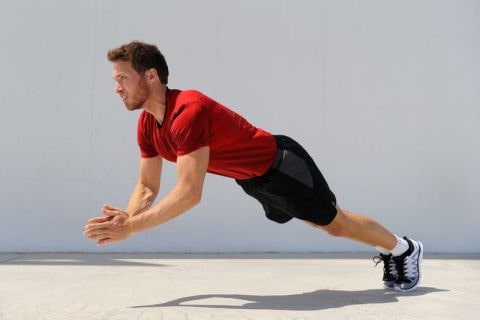
Quick 15-Minute Workouts You Can Do at Home
The Importance of Home Workouts
The convenience of working out at home cannot be overstated for busy individuals. It eliminates the need for travel time to the gym, allows for greater flexibility, and provides a private space to focus on your fitness goals. Here are two effective 15-minute home workouts that require minimal space and no equipment.
Cardio Blast: Get Your Heart Rate Up
Objective: Boost cardiovascular fitness and burn calories quickly.
Exercises:
- Jumping Jacks: A full-body warm-up that increases heart rate.
- High Knees: Engages the core and lower body while maintaining a high heart rate.
- Mountain Climbers: Combines cardio with core strengthening.
- Burpees: Full-body exercise that enhances both strength and cardio.
- Butt Kicks: Targets the hamstrings and keeps the heart rate elevated.
Routine:
- Perform each exercise for 30 seconds.
- Rest for 15 seconds between exercises.
- Repeat the circuit three times for a total of 15 minutes.
Tips:
- Focus on maintaining a steady pace to maximize calorie burn.
- Keep movements controlled to ensure proper form and prevent injuries.
Bodyweight Circuit for Strength and Endurance
Objective: Build muscle strength and endurance without the need for equipment.
Exercises:
- Push-Ups: Strengthens the upper body and core.
- Squats: Targets the lower body and improves mobility.
- Planks: Enhances core stability and strength.
- Lunges: Builds leg and glute strength.
- Tricep Dips: Focuses on the triceps and upper body strength.
Routine:
- Perform each exercise for 30 seconds.
- Rest for 15 seconds between exercises.
- Repeat the circuit three times for a total of 15 minutes.
Tips:
- Maintain proper form to maximize effectiveness and prevent injury.
- Adjust the intensity by increasing or decreasing the speed of movements.
Combining Cardio and Strength
These 15-minute workouts combine cardiovascular and strength training elements, ensuring a balanced and comprehensive workout. By alternating between high-intensity movements and strength-focused exercises, you can achieve a full-body workout that enhances endurance and muscle tone.
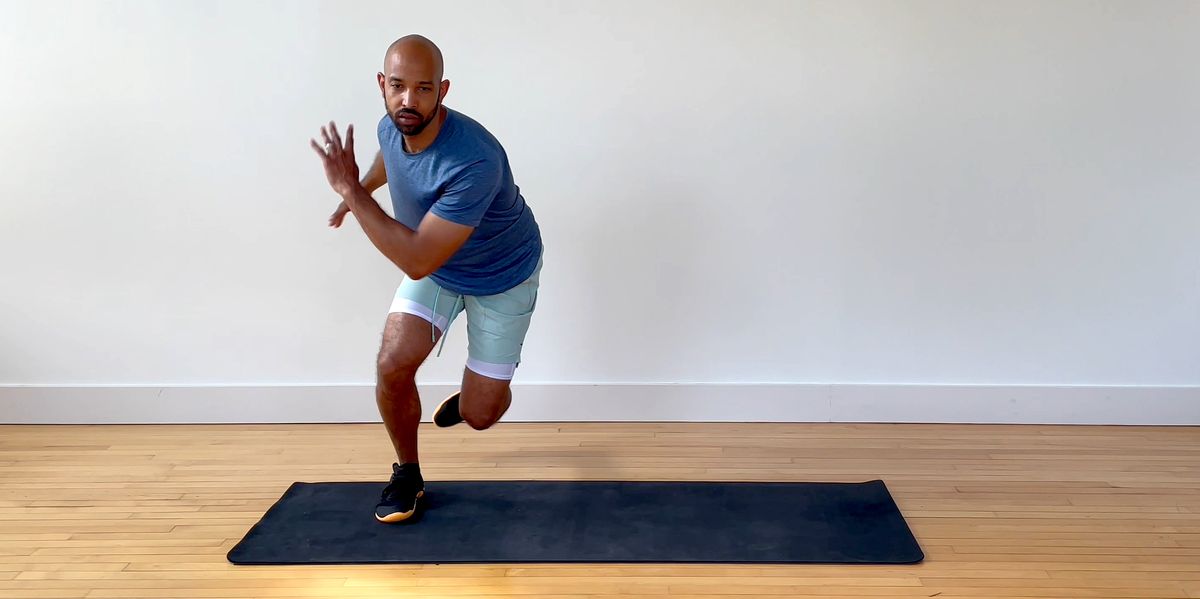
The Benefits of HIIT Workouts for Busy People
Maximizing Efficiency with HIIT
HIIT workouts offer numerous benefits that make them particularly suitable for busy individuals. Here’s an in-depth look at why HIIT is an excellent choice for those with limited time.
Burn More Calories in Less Time
One of the most significant advantages of HIIT is its ability to burn a substantial number of calories quickly. The intense bursts of activity elevate your heart rate, leading to increased calorie expenditure during the workout. Moreover, HIIT induces a phenomenon known as excess post-exercise oxygen consumption (EPOC), where your body continues to burn calories at an elevated rate even after the workout has ended.
Scientific Insight: Research has shown that HIIT can burn up to 25-30% more calories than traditional steady-state cardio exercises like jogging or cycling, making it a highly efficient calorie-burning method.
Boost Your Cardiovascular Fitness
HIIT is exceptional for enhancing cardiovascular health. The alternating periods of high-intensity exercise and rest improve heart and lung capacity, increase blood flow, and strengthen the heart muscle. Regular HIIT workouts can significantly improve VO2 max, which is a key indicator of cardiovascular fitness.
Health Benefits:
- Reduced Blood Pressure: HIIT can help lower blood pressure, reducing the risk of hypertension.
- Improved Heart Health: Strengthens the heart, making it more efficient at pumping blood.
- Enhanced Endurance: Increases stamina, allowing you to perform daily activities more easily.
Muscle Building and Preservation
Unlike some forms of cardio that can lead to muscle loss, HIIT helps build and preserve muscle mass. The high-intensity nature of the exercises stimulates muscle fibers, promoting growth and strength. This particularly benefits those looking to tone their bodies while losing fat.
Metabolic Benefits:
- Increased Muscle Mass: More muscle means a higher resting metabolic rate, aiding in long-term weight management.
- Enhanced Metabolic Function: Improves insulin sensitivity and glucose metabolism, contributing to overall metabolic health.
Versatility and Adaptability
HIIT is incredibly versatile and can be tailored to suit various fitness levels and preferences. Whether you prefer running, cycling, bodyweight exercises, or using equipment like kettlebells or dumbbells, HIIT can be adapted to incorporate your favorite activities. This adaptability ensures that HIIT remains engaging and effective over time.
Customization Options:
- Exercise Selection: Choose exercises that target different muscle groups to ensure a balanced workout.
- Intensity Levels: Adjust the intensity based on your fitness level, gradually increasing as you build endurance.
- Workout Duration: Modify the length of high-intensity intervals and rest periods to match your schedule and goals.
HIIT’s Impact on Mental Health
In addition to physical benefits, HIIT has a positive impact on mental well-being. The intense nature of the workouts releases endorphins, which are natural mood enhancers. Regular HIIT practice can reduce stress, alleviate anxiety, and improve overall mental resilience.
Mental Health Benefits:
- Stress Reduction: Physical activity helps lower cortisol levels and reduce stress.
- Improved Mood: Endorphin release during HIIT boosts mood and promotes a sense of well-being.
- Enhanced Cognitive Function: Regular exercise has been linked to improved memory, focus, and cognitive performance.
Simple Tips for Staying Consistent with Your Workout Routine
The Importance of Consistency
Consistency is key to achieving and maintaining fitness goals. Even the most effective workout plan can yield minimal results if not followed regularly. Developing strategies to stay consistent for busy individuals is crucial for long-term success.
Fit Workouts into Your Lunch Break
Leveraging Midday Time
For many busy professionals, mornings and evenings are packed with obligations. However, the lunch break presents an excellent opportunity to squeeze in a quick workout. Utilizing this time helps maintain fitness and provides a mental break from work, enhancing productivity for the rest of the day.
Strategies:
- Plan Ahead: Pack workout clothes and gear the night before to save time.
- Find Nearby Facilities: Choose a gym or workout space close to your workplace to minimize travel time.
- Opt for Quick Workouts: Engage in high-intensity or circuit training that can be completed within 15-30 minutes.
Benefits of Lunchtime Workouts
- Increased Energy Levels: Physical activity can boost energy and reduce afternoon slumps.
- Enhanced Focus: A midday workout can improve concentration and cognitive function for the rest of the day.
- Stress Relief: Breaking up the workday with exercise helps manage stress and prevent burnout.
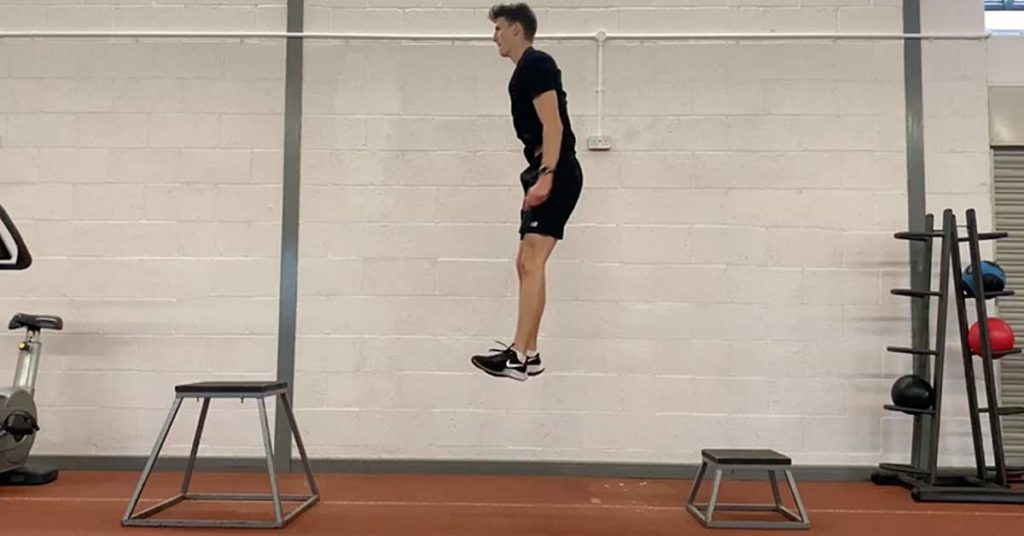
Use Short Rest Periods to Maximize Efficiency
Maintaining Momentum
Short rest periods between exercises can significantly enhance the efficiency of your workouts. By minimizing downtime, you keep your heart rate elevated, which increases calorie burn and improves cardiovascular endurance.
Techniques:
- Structured Intervals: To maintain consistency, follow a set interval structure (e.g., 30 seconds of work followed by 15 seconds of rest).
- Active Rest: Engage in low-intensity movements like walking or stretching during rest periods to stay active without overexerting.
- Timer Use: Utilize timers or workout apps to keep track of intervals and ensure you’re sticking to the plan.
Schedule Workouts Like Appointments
Prioritizing Exercise
Treating workouts as non-negotiable appointments can help integrate them into your daily routine. By scheduling exercise times in your calendar, you create a commitment that is harder to skip.
Implementation Tips:
- Set Specific Times: Choose consistent workout times, such as first thing in the morning or during lunch breaks.
- Block Out Time: Allocate dedicated time slots in your calendar to prevent scheduling conflicts.
- Communicate Your Schedule: Inform family and friends about your workout times to garner support and reduce interruptions.
Set Realistic Goals and Track Progress
Importance of Goal Setting
Setting achievable goals provides direction and motivation. Whether you’re losing weight, building muscle, or improving endurance, having clear objectives helps you stay focused and committed.
Goal-Setting Tips:
- SMART Goals: Ensure your goals are Specific, Measurable, Achievable, Relevant, and Time-bound.
- Break Down Goals: Divide larger goals into smaller, manageable milestones to track progress effectively.
- Celebrate Achievements: Acknowledge and reward yourself for reaching milestones to maintain motivation.
Tracking Progress
Keeping track of your workouts and progress helps you maintain accountability and identify areas for improvement. Use tools like fitness journals, apps, or wearable devices to monitor your activities and results.
Tracking Methods:
- Workout Logs: Record exercises, sets, reps, and durations to monitor improvements.
- Fitness Apps: Use apps that offer tracking features, progress charts, and motivational prompts.
- Wearable Technology: Devices like fitness trackers and smartwatches provide real-time data on your activity levels and performance.
Overcoming Common Obstacles
Dealing with Fatigue
Feeling too tired to exercise is a common barrier. However, regular physical activity can actually increase energy levels over time. Start with low-intensity workouts and gradually increase intensity to build stamina.
Energy-Boosting Tips:
- Proper Sleep: Ensure you get enough rest to support your workout routine.
- Balanced Diet: Fuel your body with nutritious foods to maintain energy levels.
- Hydration: Stay hydrated to prevent fatigue and enhance performance.
Managing Stress and Mental Barriers
Stress and mental fatigue can make it challenging to stay motivated. Incorporate stress-relief techniques such as meditation, deep breathing, or yoga to complement your workout routine.
Stress Management Strategies:
- Mindfulness Practices: Engage in mindfulness or meditation to reduce stress and improve focus.
- Positive Self-Talk: Encourage yourself with positive affirmations to overcome mental barriers.
- Support Systems: Connect with friends, family, or workout partners for encouragement and accountability.
Leveraging Technology for Efficient Workouts
Fitness Apps and Online Resources
Technology offers a plethora of tools to make workouts more efficient and accessible. Fitness apps, online workout videos, and virtual trainers can provide structure, guidance, and motivation, making it easier to stay on track.
Popular Fitness Apps:
- Nike Training Club: Offers a variety of workouts tailored to different fitness levels and goals.
- MyFitnessPal: Tracks nutrition and fitness progress, providing a comprehensive overview of your health.
- FitOn: Provides free workout classes led by celebrity trainers, covering various exercise types.
Wearable Technology
Wearable devices like fitness trackers and smartwatches monitor activity levels, heart rate, and other vital metrics, helping you stay informed and motivated.
Benefits of Wearables:
- Activity Tracking: Monitor steps, calories burned, and active minutes to stay accountable.
- Heart Rate Monitoring: Ensure you work within optimal intensity zones during workouts.
- Progress Insights: Analyze data to identify trends and make informed adjustments to your fitness plan.
Virtual and Online Workouts
Online platforms offer many workout options that can be accessed from the comfort of your home. Whether you prefer live classes or on-demand sessions, there’s something for everyone.
Virtual Workout Benefits:
- Convenience: Access workouts anytime, anywhere, eliminating the need for travel.
- Variety: Choose from various exercise styles and difficulty levels to keep workouts interesting.
- Cost-Effective: Many online resources are free or available at a lower cost than gym memberships.

Conclusion
Staying fit with a busy lifestyle is entirely possible with the right approach and mindset. By focusing on efficient workout methods like HIIT and bodyweight exercises, even the busiest individuals can integrate physical activity into their daily routines. Remember, consistency is key—small efforts lead to significant long-term results. Whether you have 10 minutes or 30 minutes, every bit of exercise contributes to your overall health and well-being. Start small, stay committed, and prioritize fitness, no matter how packed your schedule may be. Dedication and the strategies outlined in this guide allow you to achieve and maintain a healthy, active lifestyle despite a demanding schedule.
FAQs
Q: What’s the best time of day to work out if I have a busy schedule?
A: The best time of day to work out is whenever it fits seamlessly into your schedule and when you feel most energized. Many people find morning workouts effective as they start the day with a boost, while others prefer lunchtime sessions to break up the workday. Evening workouts can also be beneficial for relieving stress accumulated throughout the day. The key is choosing a time you can consistently commit to without causing additional stress.
Q: Can HIIT be done daily?
A: While HIIT is highly effective, it is best to allow your body adequate time to recover between sessions. Performing HIIT workouts 3-4 times a week is generally recommended to prevent overtraining and reduce the risk of injury. Incorporating rest days or alternating HIIT with lower-intensity exercises like yoga or walking can help maintain a balanced fitness routine.
Q: Do I need equipment for HIIT workouts?
A: No, you don’t need any equipment for HIIT workouts. Many HIIT exercises rely on bodyweight movements, making them accessible anywhere. However, incorporating equipment like dumbbells, kettlebells, or resistance bands can add variety and increase the intensity of your workouts if desired. The flexibility of HIIT allows you to adapt workouts based on available resources and personal preferences.
Q: How long should a HIIT session be?
A: A HIIT session can last 10 to 30 minutes, depending on your fitness level and goals. Beginners might start with shorter sessions, gradually increasing the duration as their endurance improves. The key is to maintain high intensity during the active intervals, ensuring that even shorter sessions effectively boost fitness and burn calories.
Q: What if I miss a workout?
A: Missing a workout occasionally is not a cause for stress. Life happens, and it’s important to stay flexible and adapt. If you miss a workout, simply get back on track the next day. Consistency over the long term is more important than perfection. Every bit of exercise counts, so focus on maintaining a regular routine without being overly rigid.

